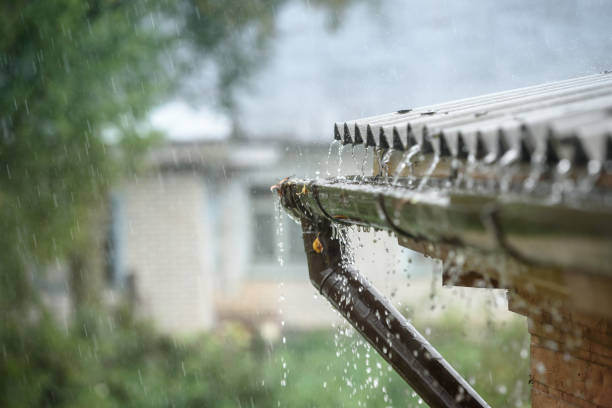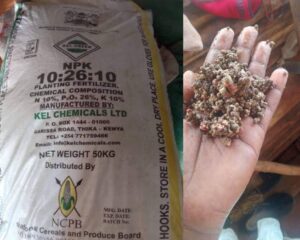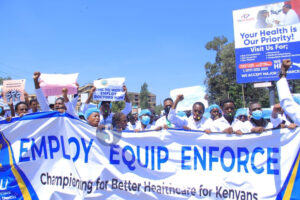As we continue to receive distressing news about the havoc that the rains have caused in different parts of our country, my mind is also engrossed to the recent storm in UAE and Oman made headlines worldwide. The news depicted scenes of devastation with water flooding streets and roads. While such events are often viewed as catastrophic, they also shed light on a crucial yet underutilized solution to water scarcity — rainwater harvesting.
There are three major reasons why Zachariah Njeru, the Water Cabinet Secretary, needs our support to prioritize rainwater harvesting as a means of tackling Kenya’s water scarcity.
Firstly, it is more sustainable and affordable. Imagine if Dubai had harvested most of the water in the streets during the recent storms! It would have secured portable freshwater for months, possibly years. This would mean less reliance on costly interventions like ocean water desalination and cloud seeding, which Dubai thrives on. Time is ripe for us in Kenya to mobilize sufficient resources in establishing rainwater harvesting infrastructure. We have talked about this for far too long and even created a water harvesting authority but are we funding such institutions and processes? How much funding have counties allocated for rainwater harvesting in their current budgets, if they are truly committed? Is this not a national security matter? Let’s get serious, rainwater harvesting utilizes natural resources without significant environmental impact. Moreover, the maintenance costs of rainwater harvesting systems are considerably lower, estimated to be about 50% less than those for traditional water supply systems.
Secondly, in Kenya, where water scarcity is a pressing issue, rainwater harvesting offers a reliable and accessible water source. It reduces dependence on centralized water supply systems, which are often unreliable or inaccessible in remote areas. In our counties, water access disparities exist between urban and rural regions and therefore promoting rainwater harvesting can bridge this gap and ensure water security for all. Imagine if policy literary commanded every commercial building to harvest rainwater for its tenants. Could this simple change be the key to closing our persistent water gap at a very important level that pinches our citizenry? If for instance Gov Natembeya of Kitale can mandate building colors for all landlords in Kitale, surely implementing rainwater harvesting is just as straightforward?”
Thirdly, rainwater harvesting is adaptable to both rural and urban areas. In rural settings, techniques such as rooftop rainwater collection, surface water harvesting, and farm pond construction can significantly enhance agricultural productivity and household water supply. Simple rooftop rainwater harvesting systems can be installed on corrugated metal roofs. Is it too challenging to develop a Corporate Social Investment concept, supported by tax rebates, to ensure every rural home in Kenya has rainwater harvesting infrastructure? Imagine if all leaders harvested water at their homes, inspiring their circles to do the same. If they advocated for water harvesting passionately, couldn’t our leadership transform our society daily? Is this truly hard to achieve?
Small-scale farmers in rural Kenya can use techniques like small dams and ponds to capture rainwater runoff, enhancing their water resources. I recently showcased my rainwater harvesting little efforts in Kitui on Facebook, inspiring friends who’ve committed to implementing similar projects albeit on a smaller scale.
In urban areas, mandatory rainwater harvesting on buildings, along with permeable pavements and rain gardens, can reduce flooding and enhance water supply. These strategies, essential in places like Nairobi’s Pipeline Estate, also recharge groundwater and improve stormwater management.
One thing I know for sure is that rainwater harvesting can revolutionize Kenya’s approach to drought and flood cycles, turning rain from a curse into a tremendous blessing. I suggest that we begin by appreciating that water doesn’t just fall from the sky, it starts from the ground up! Sample this, according to the US Government Geological Survey, just one inch of rainfall on one acre of land can yield nearly 100,000 liters of water. Need I say more? Think green act green!



